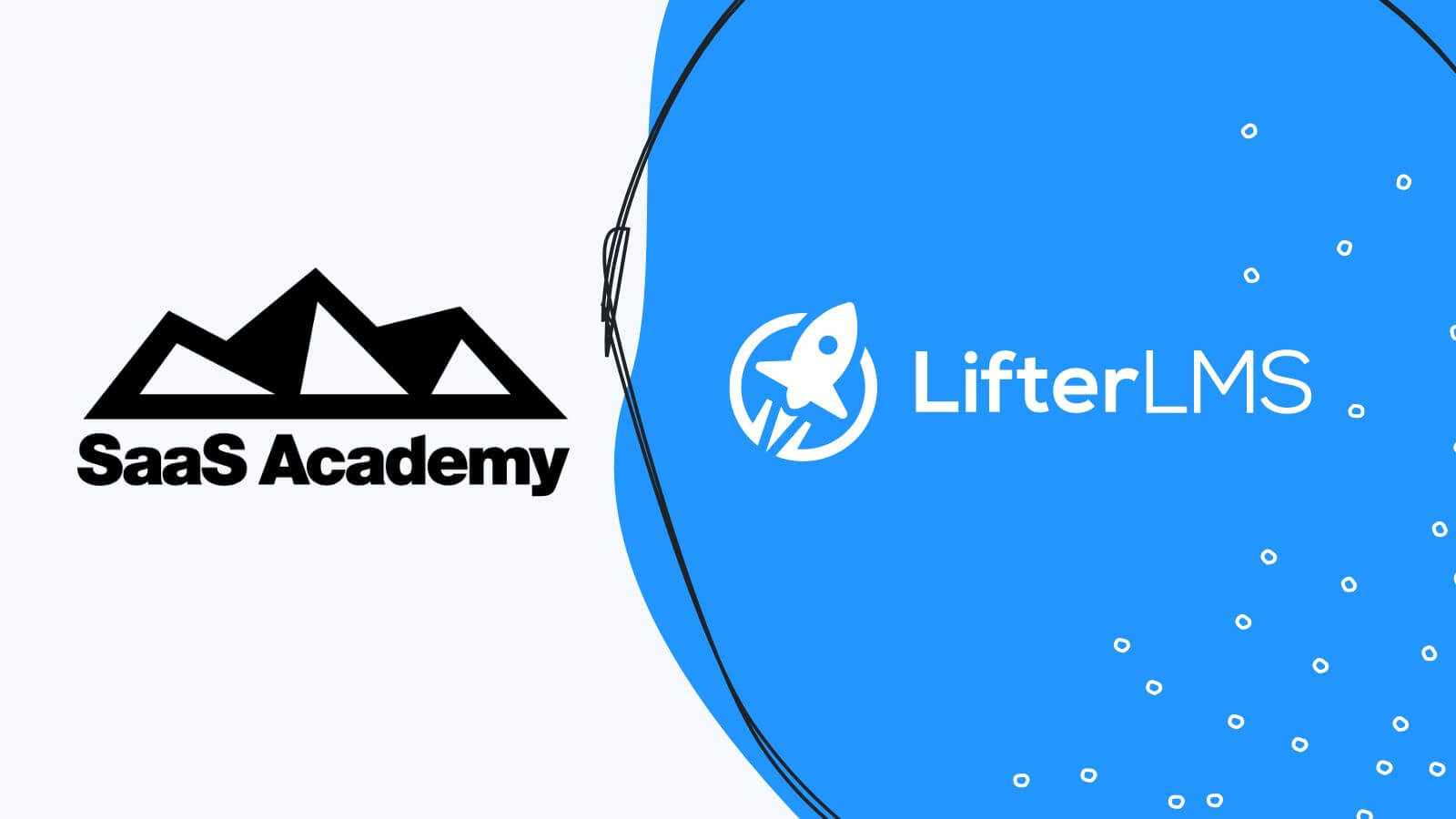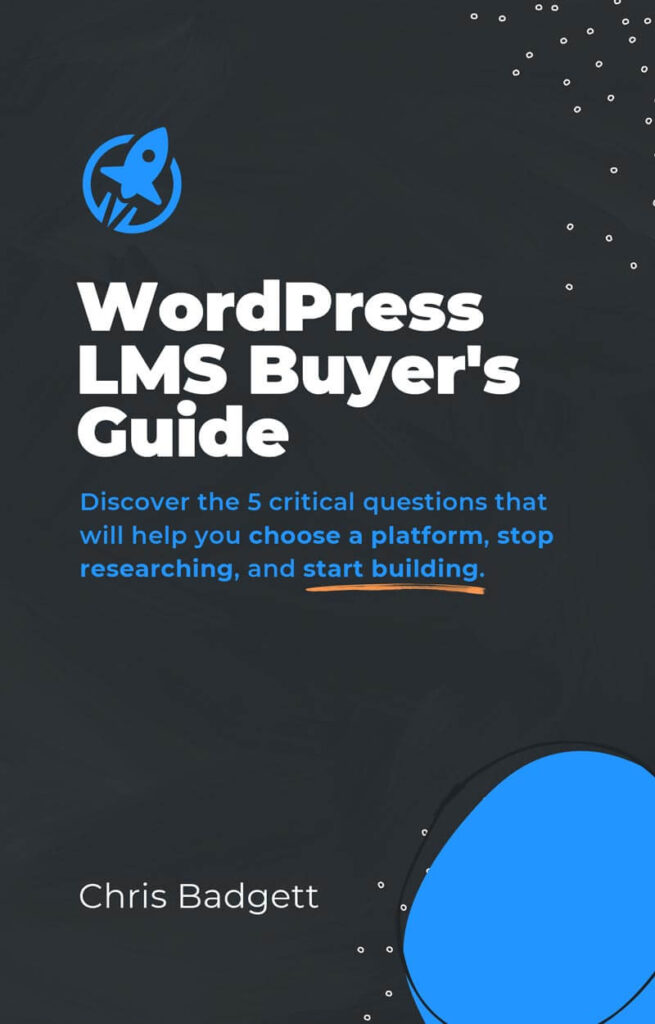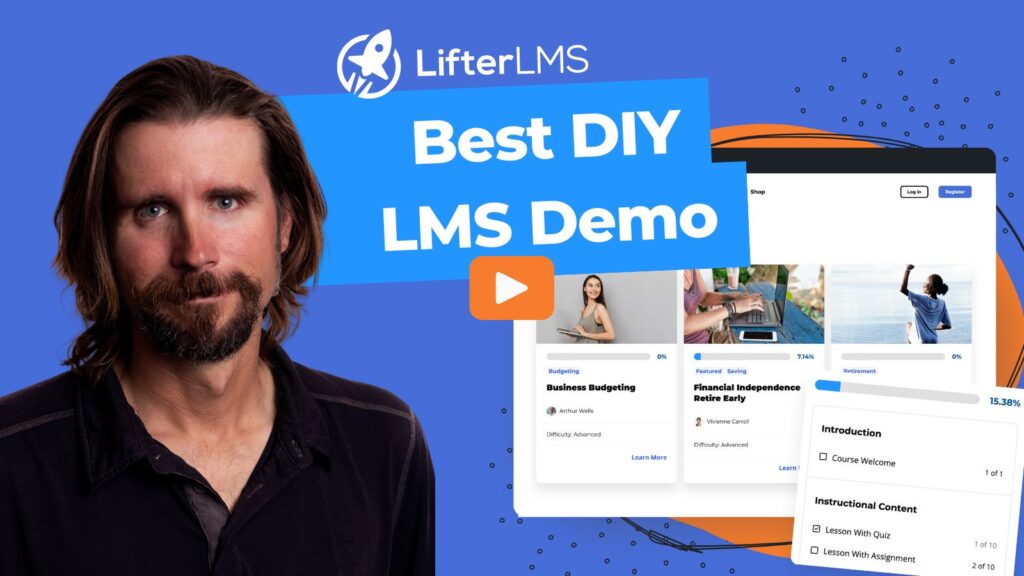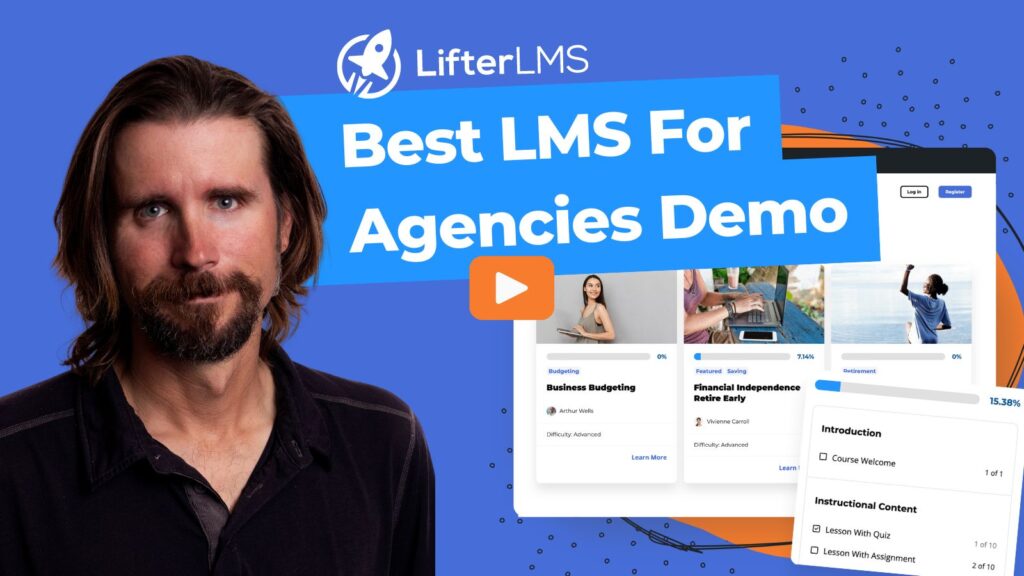The Software-as-a-Service or SaaS industry is currently valued at $186.6 billion and has an annual growth rate of 18 percent. If you’re thinking about jumping into the SaaS sector, now is a great time to do so.
As an entrepreneur, you can launch all kinds of SaaS businesses, from banking to project management. A SaaS-based eLearning business is another excellent choice, particularly for entrepreneurs with an educational background or passion for sharing knowledge.
In this guide, you’ll learn more about the benefits of SaaS products in the eLearning industry, as well as how you can start and launch a successful SaaS-based eLearning business of your own.
Table of contents
Benefits of SaaS in the eLearning Industry
In the last few years (primarily due to the COVID-19 pandemic), eLearning has become increasingly popular worldwide.
In response to this growing popularity, many SaaS companies have introduced products to help educators and students deliver/receive information, organize data, and monitor progress toward their goals.
The following are some of the most significant benefits SaaS products have to offer those in the eLearning sector:
- Cloud-based solutions can be accessed anytime and anywhere, allowing for greater flexibility for teachers and students.
- Easy setup with minimal work for teachers/students beyond creating an account and logging in.
- Teachers and students can easily upload documents, share information, offer feedback, and check in with each other.
- Many SaaS solutions integrate easily with other tools, such as email, chat, and document management platforms.
Because they’re cloud-based, SaaS tools can also be easily updated without users having to do a lot of work on their end (many updates occur automatically).
Tips for Starting a SaaS-Based eLearning Company
If the benefits of running a SaaS business appeal to you, the next step is to begin working on your business plan. Here are some tips to help you get started:
Identify the Problem and Solution
The first step to launching any business successfully is twofold:
- A) identify the problem, and
- B) present a solution
In other words, what eLearning-related problem are people facing, and how will your SaaS tool resolve it?
Answering these questions will help you clarify the purpose behind your business and decide what kind of eLearning solution you want to produce and sell.
Get to Know Your Target Audience
Another vital part of setting your company up for success is understanding who makes up your target audience.
Which group of people will you help with your SaaS tool?
Do you want to create a program that professionals can use to train new employees? Are you interested in creating a platform for elementary-age kids?
Be specific about whom you want to serve. You should be able to list their age range, gender, career, income level, interests and hobbies, etc.
Choose Your eLearning Type
There are two primary methods of eLearning:
- Asynchronous: This option does not include real-time teaching. Instead, students can access the entire course and work through it at their own pace.
- Synchronous: This option involves real-time teaching and gives students direct access to an instructor.
The model you choose will depend mainly on your target audience. Think about their needs and goals and consider which approach will be more beneficial to them.
Draft a Lean Business Plan
A lean business plan is a streamlined document that will act as a guide as you work toward launching your eLearning business. The following are some essential factors to include when writing your plan:
- Your business’s purpose and description of your product
- A description of your target audience
- A description of your competitors and how your company will differ
- A description of how you’ll market your business
- A list of core team members
- An explanation of how you’ll monetize your SaaS product
- A schedule estimating when you plan to launch and what you’ll do to prepare for that launch
In addition to keeping you on track, your business plan can also help you secure funding from lenders, investors, etc. It shows that you’ve thought through your business and are committed to it.
Partner with a Developer
If you’re not a master software developer, you’ll need to find one to help you create your SaaS eLearning product. If you decide to partner with a developer, be sure to choose someone who has experience working on eLearning projects, as they’ll have a better understanding of the kind of product you need.
Create Your Curriculum and eLearning Content
The curriculum and eLearning content are the most critical aspects of your eLearning software.
Work with educators and students to ensure you’re creating high-quality learning content that will genuinely benefit your target audience. Always refer back to the specific problem you’re trying to solve to ensure your learning materials are relevant and valuable.
Prioritize Quality Assurance
Frequent testing and reviews are critical to a successful software product launch.
Don’t wait until the very end to start testing. Conduct quality assurance tests throughout the process to ensure everything works correctly, that the eLearning content is organized in a way that makes sense for the student, etc.
If you notice anything that seems off, no matter how small, go back and rework it. Spending extra time during the development stage is worth it if it leads to greater customer satisfaction later.
Monitor Progress After Launching
Once you’ve finished testing and are satisfied with the software, it’s time to launch and see how it performs.
Pay attention to how the product is received and what people like and dislike about it. Use this feedback for future updates to create a better software solution.
How will you know when your business is successful? The Rule of 40 is a good reference point. It states that a software company should have a combined revenue growth rate and profit margin of at least 40 percent.
Get Ready to Launch Your Company Today
If you want to join the fast-growing SaaS industry and launch your own SaaS-based eLearning business, now is the time to get started.
Follow the tips and suggestions discussed above for help planning and launching your company.






